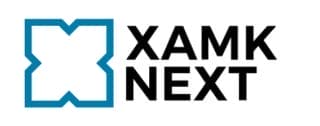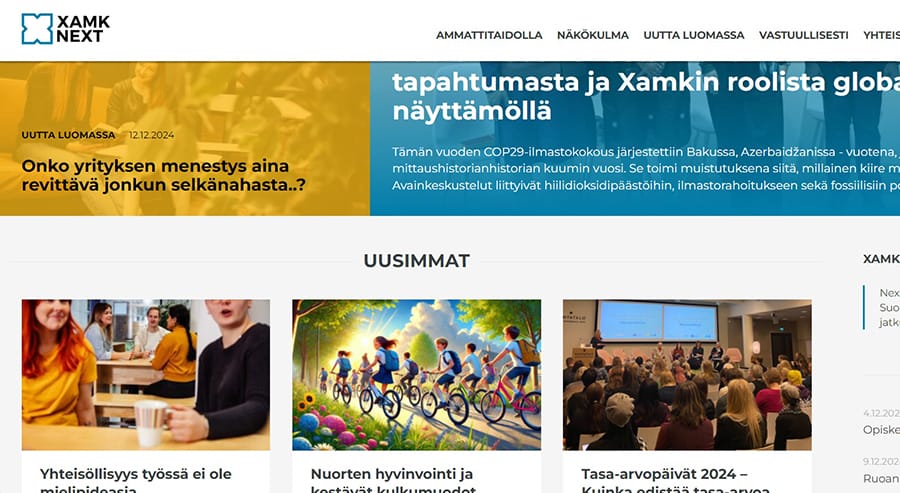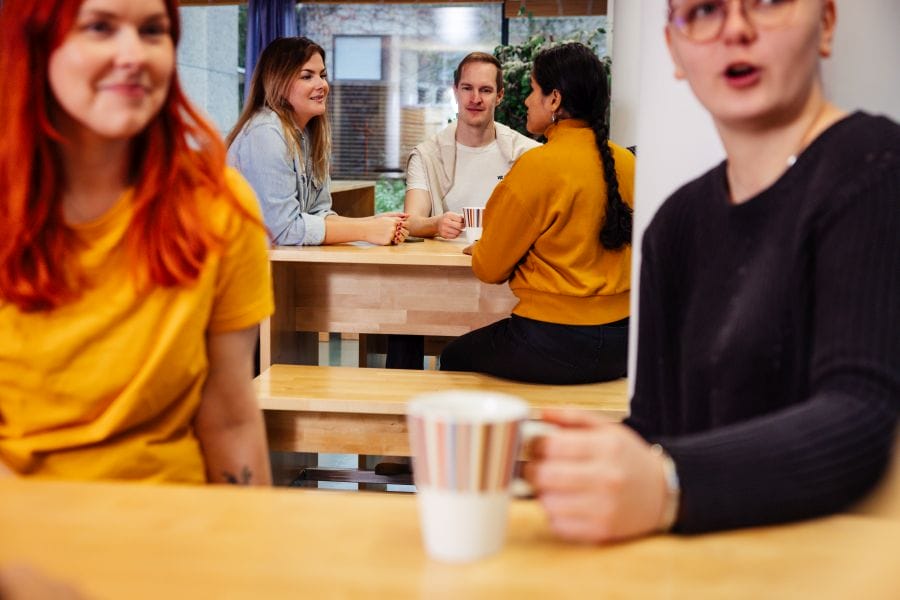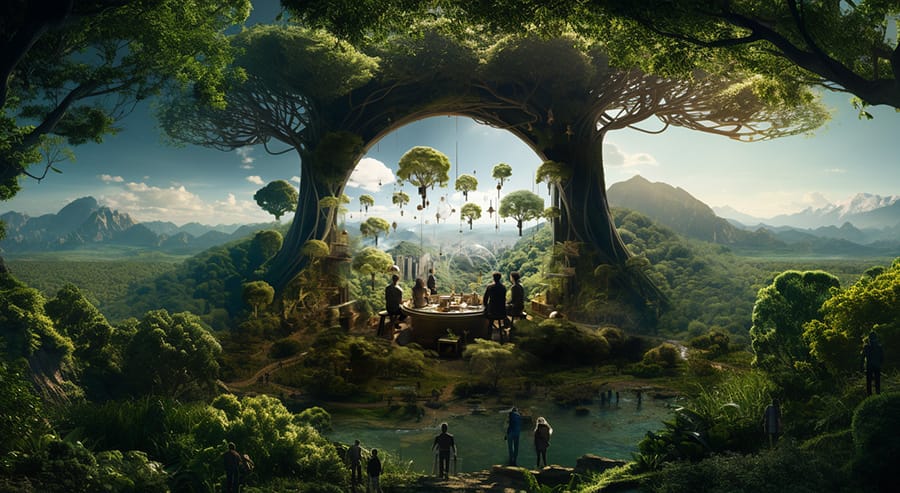Common understanding through outlining code-of-conduct for international project consortia
We strive to achieve sustainable development in our society and business. Sustainability and green transition have become significant objectives of research, development and innovation (RDI) -projects. However, as we seek to gain knowledge of and have impact on sustainability, we often carry on with our own operations as we always have: Flying around Europe or the world to meet project partners, use single use products in our offices, overlook sustainability in design and production of actions and events.
To avoid this, we should determine common values and inspirations to do better. Creating green policies and projects should start with viewing how we ourselves operate, and if need be, adjust according to project values. This may also spark a way in how we operate within our organisations in other projects and tasks as well.
In the Big Green project, a code of conduct was created in collaboration with the whole project consortia in the beginning of the project. The code of conduct has been divided into three sections, to provide sufficient amount of guidelines for project work. It contains guidelines for communication, values and objectives.
The code of conduct was translated to each project partners language and put up in each project organisations working spaces for everyone to see, in order to facilitate its implementation.
Regarding communication, the code of conduct underlines the tone as well as means of communication within the project consortia. It states for example that communication should be respectful, direct, timely, and received with the assumption of good intentions.
The code of conduct includes a list of fifty values, to hold as a moral compass in the project work, including for example acceptance, altruism, art/culture, artivism, care, clarity, and so on.
The objectives have been divided into two sections: how to become more environmentally friendly and how to enhance concentration and to do less, still being more sustainable and inclusive.
Some of the objectives are very practical, for example: “Move immediately to slow travel (>1000km) and explore all the possibilities for longer travels”, some more abstract, for example: “Less is More”.
Discussing about sustainability measures in our own operations and agreeing on common code-of-conduct in the beginning of the project has made working together smoother and given purpose to our work. It has also allowed us to learn from other organisations within the project and enhanced sustainability in our own work culture.
The Big Green code-of-conduct will be revised further in the project as we may feel the need to change or add something. In a project going for several years this may be wise. It also allows the discussion on how the code-of-conduct made in the beginning of the project has served its purpose during the first operation years.
Project info
In The Big Green -project (1.6.2023–31.7.2027), we are bringing environmentally-engaged artists under one large-scale umbrella initiative and experiment with innovative ways of using art to promote sustainability. We are sharing best practices and providing guidelines on how artists and scientists can best work together. The project is co-funded by the European Union from the Creative Europe programme.
Within the Big Green -project we support the development of a facilitative policy environment to better exploit the potentials of the creative industry in promoting sustainability. Xamk’s role in the project is to support policy and framework building by sharing best practices and participating in project measures and discussions.




